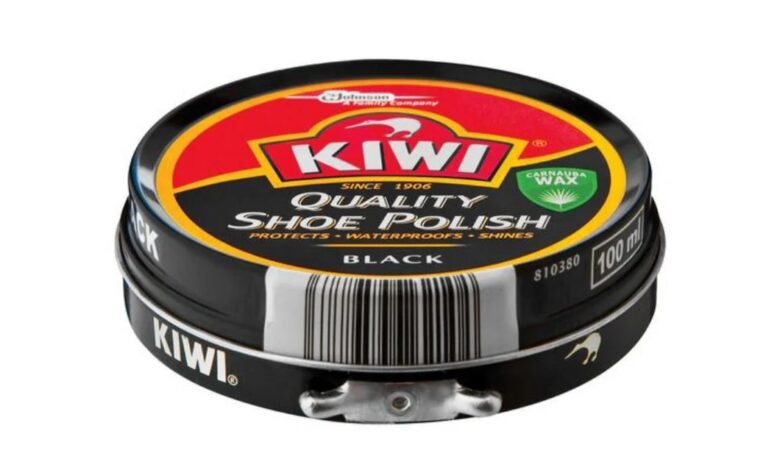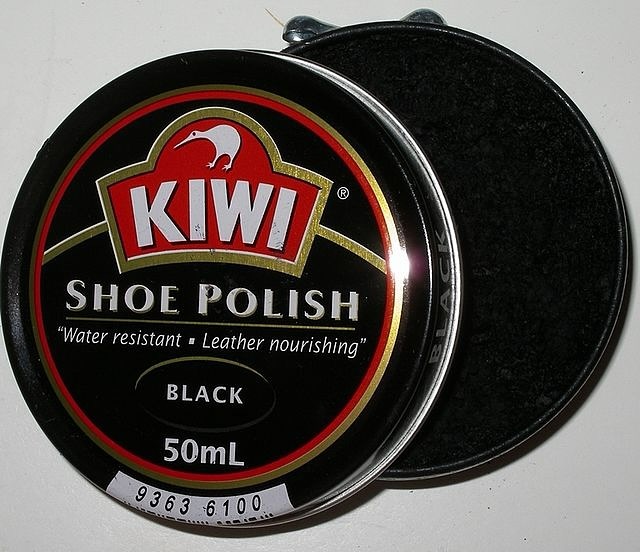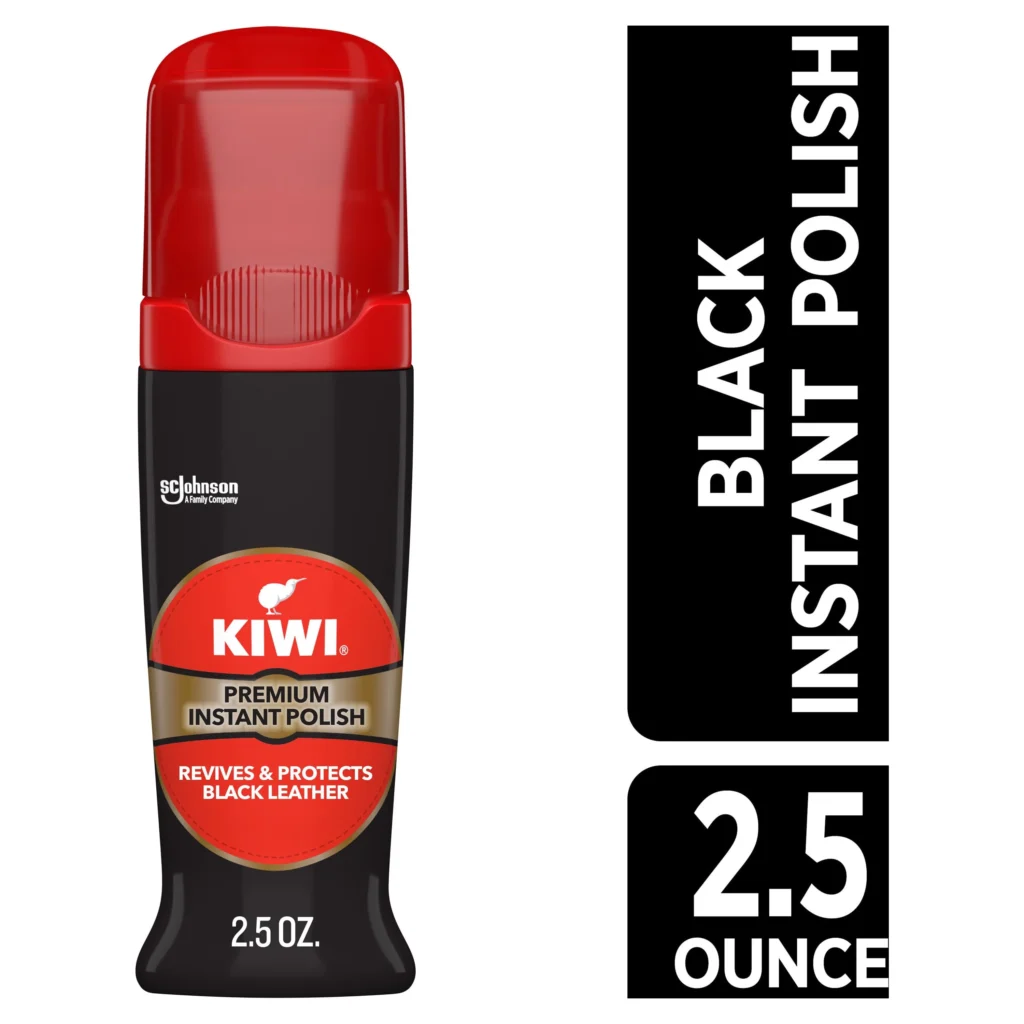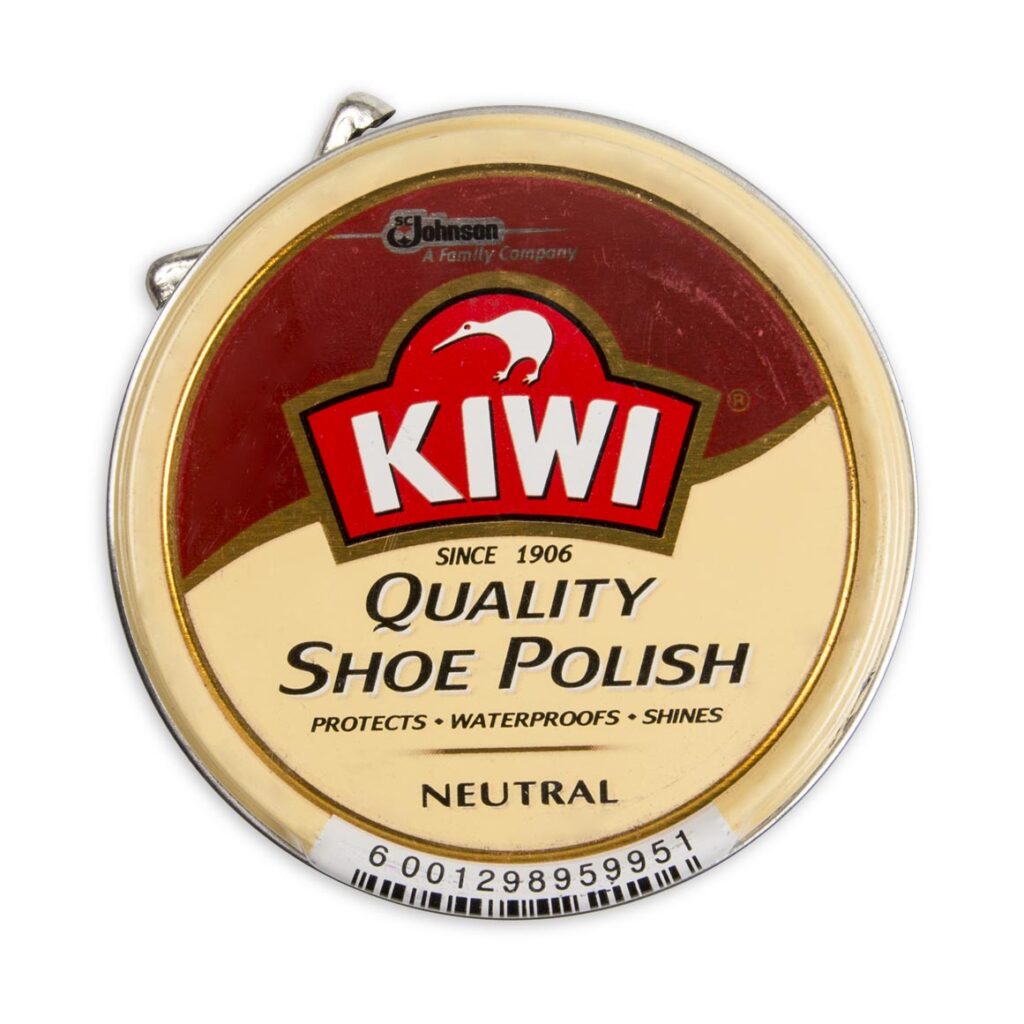Shine and Strategy: How Kiwi Shoe Polish Became a Global Household Name

Shine and Strategy: How Kiwi Shoe Polish Became a Global Household Name. The rise of Kiwi Shoe Polish is not just a story of keeping shoes clean. It’s a tale of innovation, wartime logistics, and global brand-building that turned a small Australian product into a name recognized in households and military bases around the world. The brand’s journey is rich with lessons in product excellence, strategic distribution, and long-term brand positioning.
Origins: A Product Born from Purpose
Kiwi was founded in 1906 by Australian businessman William Ramsay in Melbourne. Ramsay named the product after the national bird of New Zealand, his wife Annie’s homeland, which gave the brand a distinctive identity right from the start.
From its earliest formulation, Kiwi polish was designed to do more than just shine leather. It softened, preserved, and added a water-resistant layer to leather shoes. This commitment to utility and quality made it stand out in a market of basic waxes. The product’s effectiveness built strong word-of-mouth support in Australia and soon attracted attention beyond its borders.

A Wartime Turning Point
A major inflection point came during World War I. The durability and protective qualities of Kiwi polish made it an ideal product for military use. The British and U.S. armies adopted it for their troops, creating widespread exposure and solidifying the product’s reputation.
This military adoption wasn’t merely coincidental; it was the result of Ramsay’s strategic outreach and timely production scale-up. The wartime need for durable footwear care products provided the brand with global visibility and immense logistical challenges—which it overcame through operational resilience and product reliability.
Expansion and the Power of Distribution
Following the war, returning soldiers brought their familiarity with Kiwi polish back home, acting as informal brand ambassadors. Recognizing this opportunity, the company expanded aggressively across Europe, North America, and Asia.
By the mid-20th century, Kiwi had established manufacturing operations in several countries and secured distribution in over 180 markets. It was one of the earliest examples of a truly global consumer goods brand originating from Australia.
Central to Kiwi’s growth was its control over quality and a strong focus on consistent packaging. The iconic round tin became as recognizable as the polish itself, reinforcing the brand’s image worldwide.

Innovation Within a Niche
While the product itself remained relatively unchanged—a testament to its effectiveness—Kiwi introduced variations to meet different consumer needs, including neutral polishes, liquid applicators, and quick-shine sponges. These additions helped maintain relevance in an evolving marketplace.
Despite being in a niche category, Kiwi retained its relevance through clever in-store positioning and international marketing. The brand communicated not just utility, but a sense of pride and professionalism in appearance—a key message to both workers and professionals.
Corporate Acquisitions and Brand Resilience
In 1984, Kiwi was acquired by the Sara Lee Corporation, bringing new capital and global marketing reach. In 2011, it was purchased by S.C. Johnson & Son, a move that helped align Kiwi with a broader portfolio of household brands and sustainability efforts.
Despite shifting ownership, Kiwi maintained brand consistency. This resilience was achieved by preserving its visual identity, core product formula, and market positioning. While the global decline in formal shoe usage has presented challenges, Kiwi’s long-standing reputation continues to drive loyalty.

Lessons for Entrepreneurs
1. Product Excellence is the Best Marketing: Kiwi’s rise was built on a product that performed exceptionally well. Entrepreneurs should focus first on delivering undeniable value.
2. Strategic Visibility Matters: Military use during WWI wasn’t just luck—it was strategic alignment with a high-visibility, high-need sector. Identify sectors where your product can be indispensable.
3. Consistency Builds Trust: From packaging to formula, Kiwi stayed true to its identity, building decades of consumer trust. A clear and consistent brand experience matters.
4. Adapt Without Losing Your Core: While Kiwi introduced product variants, it never strayed from its core purpose. Innovation should support, not dilute, your brand.
A Legacy in Every Tin
Kiwi Shoe Polish didn’t just survive for over a century—it thrived, becoming a gold standard in shoe care through wars, global expansions, and changing fashion norms. Its story proves that even a humble product, if executed with excellence and scaled with vision, can earn a permanent place in global consumer culture. For entrepreneurs, Kiwi is a reminder that legacy brands are not born—they are built, polished, and preserved over time.


